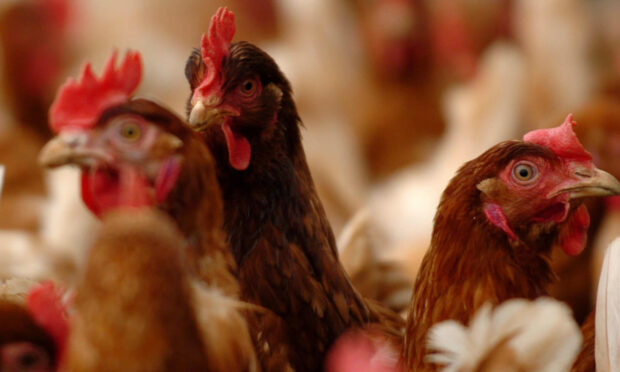The UK’s four agricultural unions have issued a letter to Energy Security and Net Zero (DESNEZ) calling for an extension of the Energy and Trade Intensive Industry scheme (ETTI) to include horticultural and poultry production.
Presidents of NFU Scotland (NFUS), NFU, NFU Cymru and Ulster Farmers’ Union, signed a letter addressed to secretary of state Grant Shapps MP, urging the scheme to be amended to provide a higher level of relief.
The letter indicated that unless changes were not made, there could be a reduction in domestic food production which risks longer running food price inflation for consumers.
It could also negatively impact the thousands of supply chain companies that are sustained by the farming sector.
The letter states: “From April 2023, the ETII scheme will provide high level energy relief to a number of sectors including food processing and manufacturing. However, it currently excludes primary agricultural production.
“When the Energy Bill Relief Scheme changes at the end of March, higher energy costs will be a challenge for all farmers, however, the situation will be acute for the poultry and horticulture sectors.
“Poultry businesses are reliant on gas and electricity to rear poultry and store fresh produce safely and they will struggle to absorb the huge hikes in energy prices that they will face. Horticulture’s exposure is significantly greater for gas for glasshouse heating, but also electricity used for lighting (for those with lit crops) and chilling and storing picked produce.
“Furthermore, most businesses won’t be able to benefit from current low market prices until high-cost contracts expire. The government guidance under EBRS was to fix a contract. Those businesses who ignored Government advice to fix their contracts will now be the first to benefit from price drops.
“We are currently awaiting the publication of further guidance and urge you to review the classification for higher level support. Energy prices are already seriously damaging our ability to produce food and from next month, many of our members’ businesses will face an energy cost cliff edge.”
One poultry farmer told the Press & Journal that his electricity bill was £52,000 per year but he received a quote in October for a new electricity contract at £145,000 per year.
He said that the most recent quote given in January was less than the October quote but it was still more than double the price of what he is paying right now.
“These figures are frightening and something has to be done about it,” he said.
“It’s working out that we will be paying 4p extra for every dozen of eggs we produce. Most farmers are on one year contracts so some are paying 12p per unit but others are paying 80p.
“Feed costs are just as scary, with soya on spot price at £589 per tonne delivered home. That’s £120 dearer on the year.”
